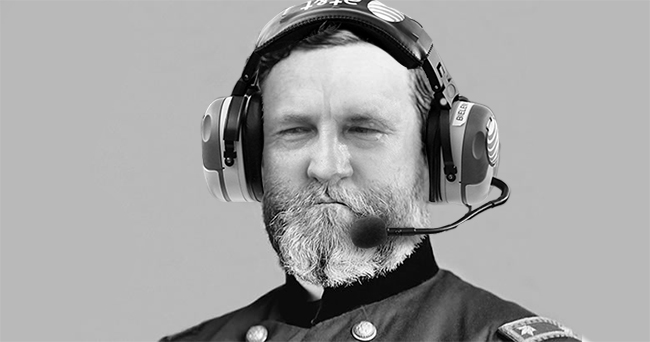

It plays more like a wargame than an economic simulation, but it does a good job of making sure the player pays attention to both aspects. In summary, "Strategic Command - World War 1" is, despite a retro-looking interface, a decent game covering WW1 at the grand strategic level. The economic, technological and diplomatic components put the "Grand" in the "Grand Stratgic". There are never enough MPPs to go around, and National Morale can force sub-optimal courses of action simply to keep the nation fighting. When put together, the non-military components do a good job of forcing the player to make important decisions. Since NM goes up or down every turn for every important place taken it is important not to let the enemy hold them for too long. If the NM of a nation goes down far enough (to 1% or so) that nation may surrender. The same thing can happen when resource locations are taken, or convoys are raided, or when certain game events fire. When the enemy captures these locations, the NM value of the losing nation goes down and the NM of the winning nation goes up. Certain places on the map are important to your people - Konigsberg is important to the Germans, for example, while Warsaw is treasured by the Russians. Individual units have morale, but so does your entire nation. This is a somewhat underdeveloped portion of the game, but a patient player can turn the war in their favor through adept diplomacy.Īll the MPPs in the world do not matter, however, if your people do not want to fight. It is important for both sides to sway neutrals such as Holland and Norway as Germany needs their resources and the Entente wants to starve Germany. Of course, if you spend too much on research then your current army will be weakened.ĭiplomacy also relies on MPPs. You will want your coalition to be the first with tanks and poison gas and strategic bombers and the other weapons needed to break the stalemate. In the real world, WW1 ended as much because of advances in technology and its use as war exhaustion. There are never enough MPPs to build and reinforce units, and yet other things cost MPPs, too. The player will want to balance their purchases carefully, lest they fall into the historical trap of trench warfare accidentally. The usual infantry, cavalry and ships are here, along with the more exotic Zeppelins and railroad artillery among others.

The most obvious MPP cost is building and reinforcing units.

Almost everything you do costs MPPs directly or indirectly. An MPP represents an abstraction of the material basis of warfare - the bullets, food, oil and other material resources your army needs - and this value depends on the resource sites you control, the efficiency of your industry, and the split between civilian and military production. Of the two, MPPs have more impact on day-to-day operations. There are two basic values that impact your nations' ability to wage war: Military Production Points (MPP) and National Morale (NM). The important mechanisms are the ones that allow your nations to build and support your armed forces. No one will like or hate this game based on the combat rules. To some extent WW1 combat is like WW2 combat but simpler, so there is not much room for flash here. It is very standard stuff, using mechanics from a long line of games before it.When evaluated strictly as an engine for simulating large-scale combat in WW1, SCWW1 does an acceptable job. Every unit has a strength (which depends on size, morale, tech level and other factors) and combat modes (infantry attack adjacent units, artillery can bombard, subs sink shipping, etc.) and the player is in charge of deploying their units to achieve maximum combat effectiveness. SCWW1 is turn-based (of course) and is played out on a square (not hexagonal) grid. This throwback mentality carries through to all the facets of the game. The whole aesthetic hearkens back to the earliest computer wargames, which were thin ports of hex-based board games. It is not ugly, per se, but it is not attractive, either.

The graphical presentation looks like "Civilization 1.5" or nearby. The units are sprites and they sit on solid-colored bases which rest on a bland, 2D map with washed-out colors and pixellation everywhere. The game, to be honest, looks like a throwback to the 80's.


 0 kommentar(er)
0 kommentar(er)
